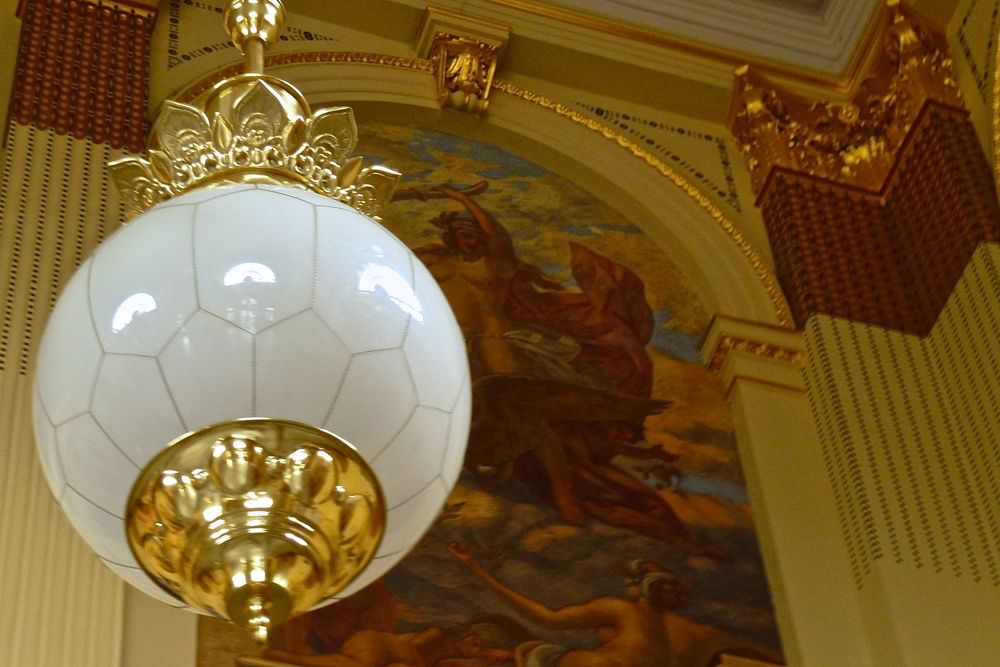100-year olds in Budapest

Budapest is a relatively young city, built most actively in the beginning of 20th century, which means that many of its buildings are celebrating their 100th anniversary these years.
To mark those occasions we have Budapest100—festival of one-hundred-year-old buildings, which will be held this time on 6-7 April, 2013. On these dates, 50 residential buildings and institutions will open up to the public.
The Budapest100 Festival program will include tours by architects, and public transport company BKV will run their Nostalgia tram service.








